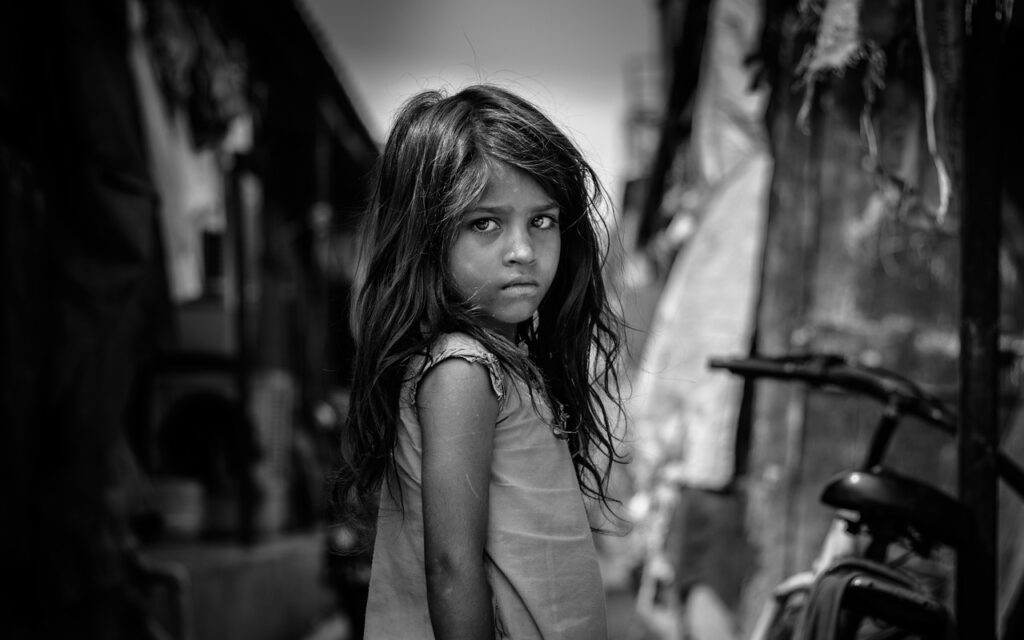Aakarsh Upadhyay*
In our interconnected global landscape, the pervasive issue of poverty persists as a stark reality for millions. Poverty, often characterized by a lack of fundamental necessities such as food, shelter, and education, presents a multifaceted challenge that demands our united attention. Let’s delve into the intricacies of this problem, comprehending its underlying causes and exploring practical solutions that can truly make a substantial impact.
At its essence, poverty frequently emerges from economic disparities that restrict opportunities for individuals and communities. Factors such as unemployment, meager wages, and insufficient access to education contribute to a cycle that proves difficult to break. Addressing poverty necessitates a comprehensive approach, with a primary focus on empowering communities through educational and skill-building initiatives.
Education emerges as a potent tool against poverty. By ensuring universal access to quality education, we empower individuals to liberate themselves from the constraints of their circumstances. Education is not merely about acquiring knowledge; it serves as a gateway to economic growth and personal development. Initiatives targeting early childhood education, vocational training, and adult education significantly contribute to breaking the cycle of poverty.
Healthcare is another crucial facet intertwined with poverty. Limited access to medical services exacerbates the challenges faced by those in impoverished circumstances. Affordable healthcare initiatives play a pivotal role in preventing health-related setbacks from pushing individuals further into poverty. A healthy population is better equipped to contribute to their communities and break free from the shackles of poverty.
Moreover, addressing poverty necessitates a gender-sensitive perspective. Women, often disproportionately affected by poverty, encounter additional obstacles in escaping its clutches. Empowering women through education, vocational training, and equal employment opportunities is not only a matter of equality but also a strategic move in building a more resilient and inclusive society.
The global community assumes a pivotal role in eradicating poverty. Collaborative efforts involving governments, non-profit organizations, and citizens are imperative. Governments can enact policies that foster inclusive economic growth and social welfare. Non-profit organizations play a vital role in bridging gaps by providing targeted assistance to those in need. Citizens can contribute through charitable actions, volunteering, and supporting sustainable development projects that uplift communities.

cc: pixaby.com
A sense of community is crucial in the fight against poverty. Building robust local networks creates a support system that helps individuals overcome immediate challenges. Empathy and understanding within communities can dismantle stigmas associated with poverty, fostering collective efforts to uplift those in need.
Microfinance initiatives exhibit promising results in the battle against poverty. By offering small loans to individuals lacking access to traditional banking, microfinance empowers entrepreneurs to initiate or expand small businesses. This not only generates income but also instills a sense of self-sufficiency within communities.
In conclusion, combating poverty demands a holistic and collaborative effort that addresses its diverse dimensions. Education, healthcare, gender equality, and community engagement are pivotal components of this collective endeavor. As we navigate the journey toward a poverty-free world, it is essential to recognize that every small action contributes to a larger, positive change. Together, we can forge a future where no one is left behind, and the bonds of poverty are replaced by the threads of shared prosperity.
*student of BJMC 3rd sem

